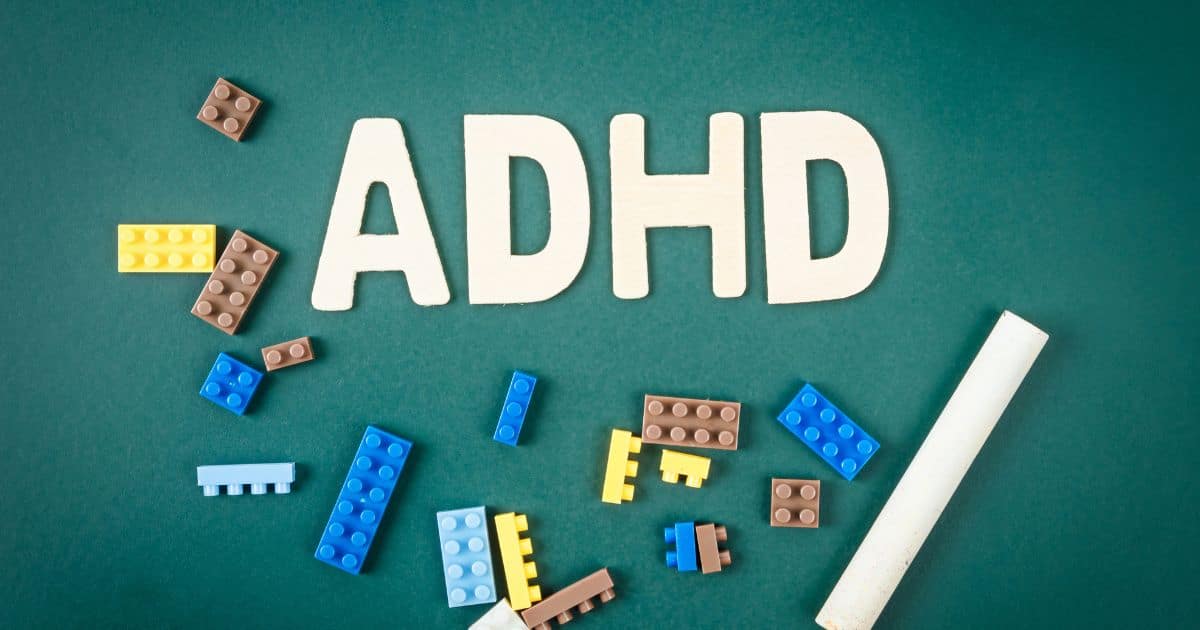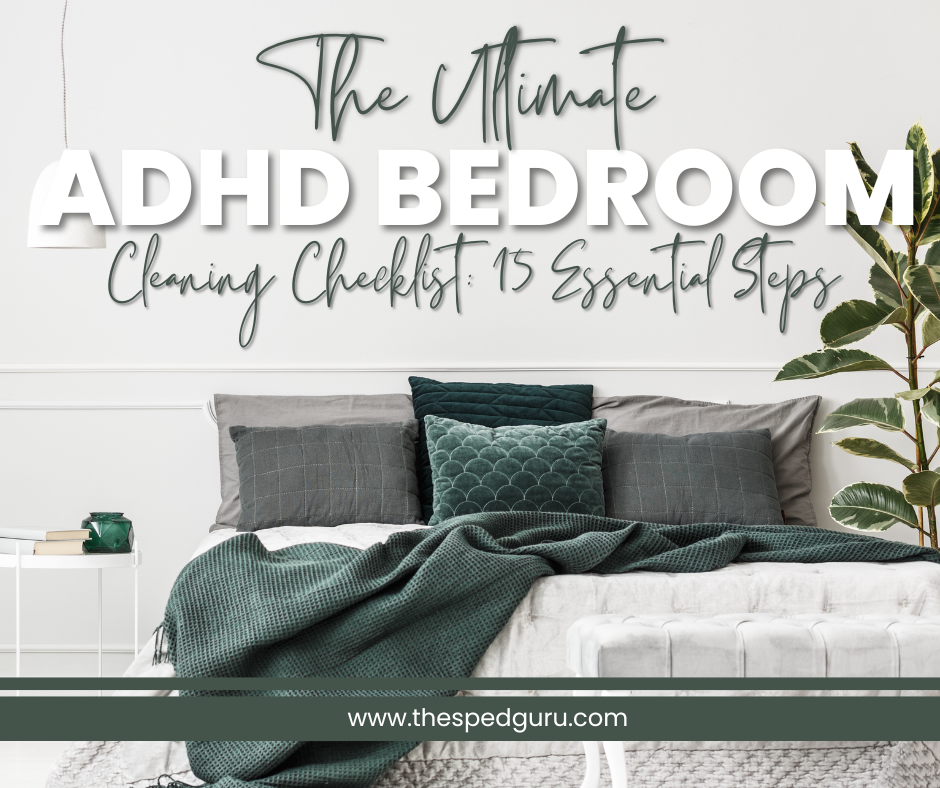Cleaning and organizing a bedroom can be especially challenging for individuals with ADHD. A well-structured checklist can help break down the process into manageable steps.
Here’s an ultimate ADHD bedroom cleaning checklist to help you stay focused and on track:
1. Set a Timer:
- Before you begin, set a timer for a reasonable amount of time, like 15-20 minutes. This helps create a sense of urgency and prevents getting overwhelmed.
2. Gather Supplies:
- Collect all the cleaning supplies you’ll need, such as trash bags, cleaning cloths, vacuum cleaners, and any specific cleaning products.
3. Declutter:
- Start by picking up any items that don’t belong in the bedroom and place them in a designated sorting area. For example, clothes in one pile, shoes in another pile, etc.
4. Sort and Organize:
- Divide items into categories like clothes, books, electronics, etc.
- Use bins or baskets to group similar items.
- If necessary, create a “maybe” pile for items you’re unsure about, but set a timer to decide their fate later.
5. Clear Surfaces:
- Clear off nightstands, dressers, and other surfaces.
- Wipe down surfaces with a damp cloth to remove dust.
6. Make the Bed:
- Straighten out the bedding and arrange pillows neatly.
7. Laundry:
- Collect dirty laundry and put it in a hamper or laundry bag.
8. Dust and Vacuum:
- Dust surfaces, including blinds, shelves, and electronics.
- Vacuum the floor, focusing on corners and under furniture.
9. Wipe Down Electronics:
- Use a microfiber cloth to gently clean screens and electronic devices.
10. Organize Workspace: – If you have a desk, clear clutter and organize stationery and supplies.
11. Tackle Storage Areas: – Organize drawers, closets, and shelves one at a time. – Use storage solutions like bins, dividers, and hanging organizers to keep items separated and accessible.
12. Dispose of Trash: – Empty trash cans and remove any rubbish from the room.
13. Personal Touches: – Decorate or arrange personal items that bring you joy and comfort.
14. Evaluate and Adjust: – Take a step back and evaluate your progress. – If the timer isn’t up, consider moving on to another area or task.
15. Reward Yourself: – Set a small reward for completing the cleaning session, such as enjoying a snack or watching a favorite show.
Tips for ADHD-Friendly Cleaning:
- Break tasks into smaller steps to avoid feeling overwhelmed.
- Use visual cues, like sticky notes, to remind you of specific tasks.
- Play energetic music to help maintain focus and motivation.
- Use a checklist app or physical checklist to stay organized.
- Consider enlisting a friend or family member for support and accountability.
Remember that perfection isn’t the goal; creating a functional and comfortable space is what matters most. Adjust the checklist to fit your needs and preferences, and celebrate your achievements along the way.
Remember that it’s okay to take breaks if needed, and it’s perfectly fine if you don’t finish everything in one session.
Consistency is key, so try to establish a routine for keeping your bedroom organized. Additionally, consider incorporating tools like timers, and alarms, or even enlisting a friend or family member for support to help you stay on track.
Attention Deficit Hyperactivity Disorder (ADHD): A Breakdown

ADHD stands for Attention Deficit Hyperactivity Disorder. It’s a common neurodevelopmental disorder characterized by executive dysfunction, meaning difficulties with planning, organizing, focusing, and self-control. This can manifest in several ways, including:
Inattention:
- Difficulty paying attention to details or making careless mistakes
- Trouble staying focused on tasks or conversations
- Easily distracted by external stimuli
- Difficulty remembering instructions or completing tasks
- Losing things often
Hyperactivity:
- Fidgeting or squirming excessively
- Difficulty staying seated when expected
- Running around or climbing inappropriately (more common in young children)
- Feeling restless or “on the go”
- Excessive talking
Impulsivity:
- Blurting out answers before questions are finished
- Difficulty waiting their turn
- Interrupting others
- Acting without thinking of the consequences
- Taking risks in dangerous situations
These symptoms must be excessive and persistent, causing impairment in multiple areas of life (e.g., school, work, relationships) to be diagnosed with ADHD.
Types of ADHD:
- Predominantly Inattentive Presentation: Mainly consists of inattention symptoms with minimal hyperactivity and impulsivity.
- Predominantly Hyperactive-Impulsive Presentation: Mainly consists of hyperactivity and impulsivity symptoms with minimal inattention.
- Combined Presentation: Includes both inattention and hyperactivity/impulsivity symptoms.
Causes and Treatment:
The exact cause of ADHD is unknown, but it’s believed to be a combination of genetic and environmental factors. Treatment typically involves a combination of medication and behavioral therapy. Medication can help improve focus and attention, while therapy can teach coping skills and strategies for managing symptoms.
Additional Resources:
National Institute of Mental Health: https://www.nimh.nih.gov/health/topics/attention-deficit-hyperactivity-disorder-adhd
Centers for Disease Control and Prevention: https://www.cdc.gov/ncbddd/adhd/index.html
CHADD (Children and Adults with Attention-Deficit/Hyperactivity Disorder): https://chadd.org/
I hope this information provides a helpful overview of ADHD. Remember, I am not a medical professional, and if you have any concerns about yourself or someone you know, please consult a qualified healthcare provider.






